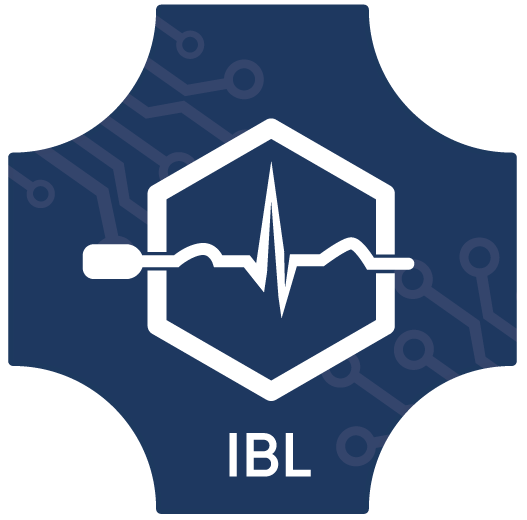
Optical Monitoring of Free Flap Transplant Vitality
We have taken a novel approach, developing a real-time, accurate and non-invasive technology to monitor free flap viability at the bedside. We apply a novel configuration of NIRS technology to monitor free flap tissue oxygenation, perfusion and vital signs. Using our implantable and miniaturized NIRS sensor, we monitor the tissue oxygen saturation level of free flaps transplanted at any part of the body. This critical information will improve surgical outcomes and flap survival rates by earlier and more precise detection of vascular compromise.
Optical Monitoring of Spinal Cord Hemodynamics in Acute Spinal Cord Injuries
The goal of this research program is to facilitate the improvement of hemodynamic management and neurologic outcomes in acute spinal cord injury (SCI) patients. By establishing a new technique and developing an implantable optical sensor for noninvasive intraoperative and post-operative monitoring of spinal cord perfusion, oxygenation, and hydrostatic pressure, we introduce a new method of providing this critical information that clinicians can act upon to improve spinal cord hemodynamics, thus optimizing neurologic outcomes in patients affected by acute SCI.
Evaluation of Muscle Metabolic Fitness and Function using a Wearable Optical Sports Monitoring Sensor and Method
We are developing a novel wearable bio-sensor and system and a method for noninvasive and real-time monitoring of muscle metabolic condition, fitness and function to help elite athletes improving their training programs, maximizing their exercise intensities, optimizing their recovery while preventing muscle damage and over-training.
Biosensors To Detect Sudden Cardiac Arrest
Effective and accurate multimodal sensors that can recognize loss of cardiac pulsation and circulation and then automatically notify a dispatch center of the location of the sudden cardiac arrest (SCA) patient will ensure that each SCA is “witnessed” immediately at the time of collapse.
SCI: Bridging the Gap with Biological and Electronic Systems
Researchers from 12 universities and biotech companies will tackle spinal cord injury in an international collaborative research program funded by DARPA. This research program will integrate novel neuroprotective, neuroregenerative, and neuroprosthetic approaches to leverage 1) advances in targeted neuromodulation of the spinal cord to control hemodynamic instability, 2) a novel neural stem cell / biomimetic 3D-printed scaffold approach to promoting regeneration, and 3) a system-of-systems enabling brain-controlled stimulation of the spinal cord and peripheral nerves to produce movement and intracortical stimulation to return sensations.
Development of a Novel Multimodal Biosensor for Screening and Monitoring COVID-19 Patients
By placing a compact biosensor over an individual’s chest, several physiological parameters related to respiratory function, body oxygenation status, and body response to a potential viral infection will be collected. This information will be integrated and analyzed by advanced software to create a sensitive screening index capable of identifying patients affected by COVID-19.
Noninvasive Diagnosis of Chronic Exertional Compartment Syndrome
We are testing a novel transcutaneous optical sensor, designed and developed by our team for noninvasive, quick and convenient diagnosis of CECS.
Developing a New Exercise Technique (BFR) to Improve Skeletal Muscle Fitness in People with Spinal Cord Injury
People with incomplete tetraplegia after spinal cord injury commonly experience upper extremity muscle wasting and dysfunction, which reduce their abilities to handle their activities of daily living independently. Improving upper limb skeletal muscle strength, endurance, and function is, therefore, a crucial clinical priority for improving their activities of daily living outcomes and quality of life in people with spinal cord injury.
Developing a New Concept and Technology in Athlete Monitoring
Elite athletes currently depend on subjective measures and traditional biometrics like heart rate for training and injury recovery, but these methods lack specificity and reliability. This research seeks to develop advanced wearable biosensors for more accurate, sport-specific monitoring to enhance training, performance, and safe return to sports post-injury.